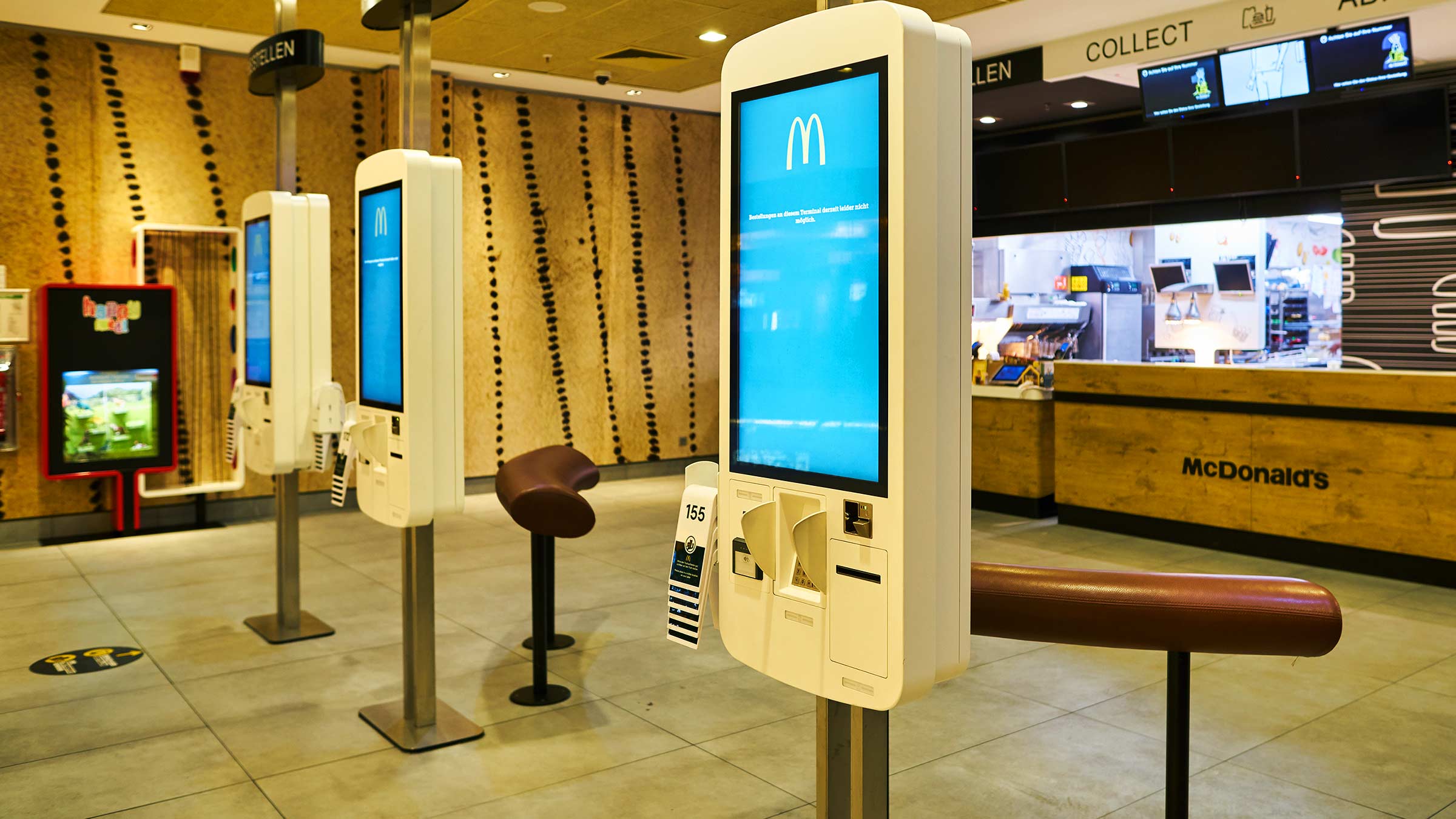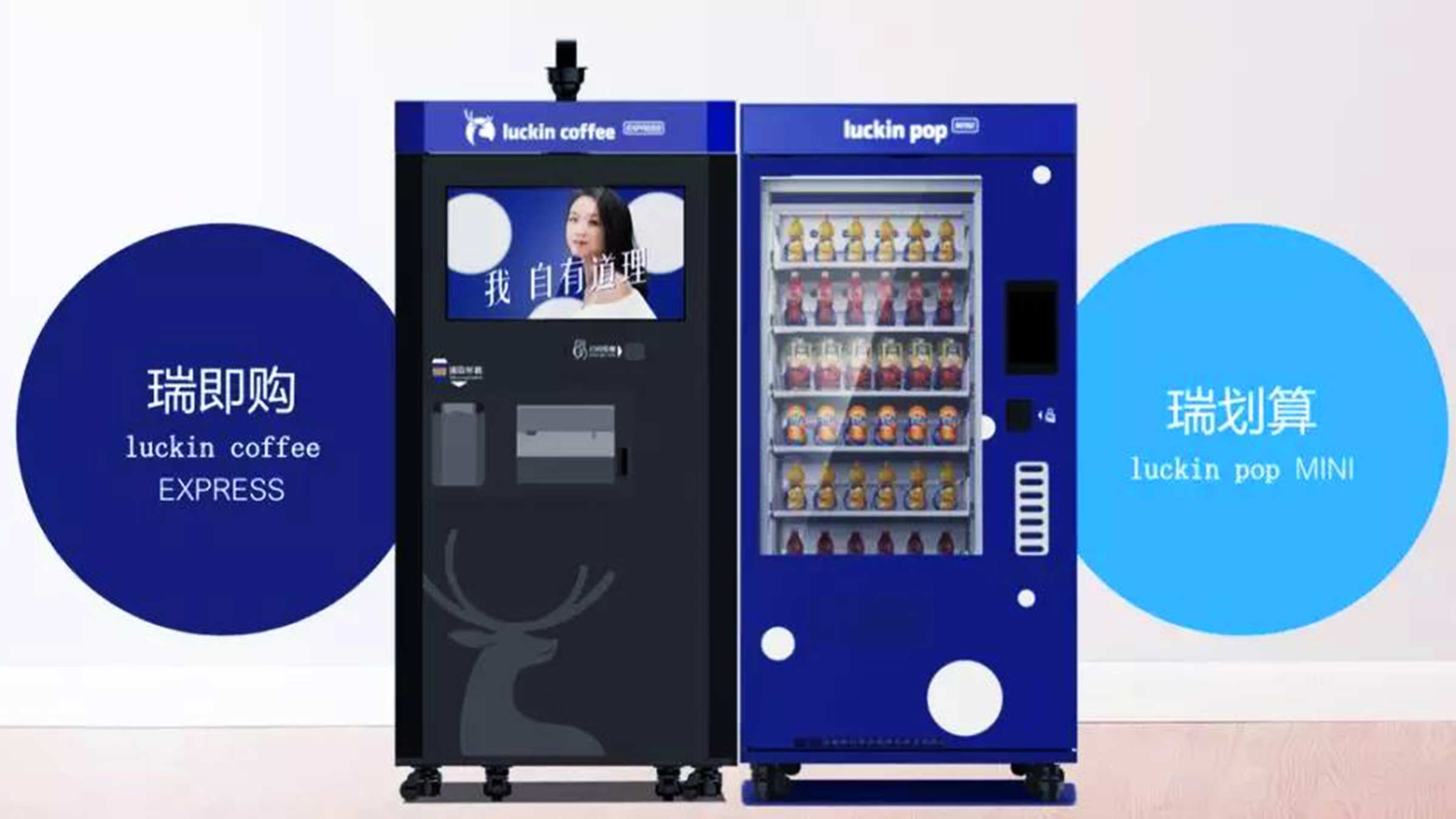The last few weeks have been as challenging as they come for the restaurant sector. But we when we take a step back from today’s madness, and reflect over the last few years, it is interesting to examine the impact of technology in the space. Digital transformation has been felt most prominently in delivery. Tech-led businesses like Deliveroo and Uber Eats which offer delivery solutions to operators have sent shockwaves through the hospitality industry, and meal kit recipe box services such as Gousto and HelloFresh have redefined how we perceive home cooking. Indeed, in the current climate, it is inspiring to see the agility of food businesses utilising technology to overcome significant challenges: many of you will have seen Deliveroo’s introduction of a ‘no-contact drop-off service’, in place to mitigate the spread of coronavirus and continue to serve customers who are in self-isolation.
Compared to the great strides being made in delivery in recent years, however, restauranteurs have been slow to take advantage of technology or use it to enhance customer experience in their bricks and mortar sites. Advancements in AI and automation have impacted supply chains, but most restaurant brands have been tentative about incorporating technology into their consumer-facing offering.
The logic is simple: unlike other sectors, a guest experience is often defined by positive human interaction. When much of the joy of going out is being served food by a friendly waiter, building a relationship with bar staff or a barista knowing your usual coffee order, businesses are right to be cautious about replacing their front-of-house staff with machines.
However, for companies which prioritise value, convenience and efficiency – specifically quick service restaurants and on-the-go formats – there is a clear business case for utilising technology. As such, the last few years have seen a rapid uptake of digital solutions which not only increase efficiency and facilitate a more positive customer experience, but also help to cut costs.
Primarily, innovations in automation and AI have allowed for businesses to reduce overheads by hiring fewer members of staff. In the UK’s current employment market, people are becoming increasingly expensive to employ and the recent changes to our immigration policy will only result in further wage inflation. As a result, companies ranging from Wahaca to Wetherspoons are turning to digitally-driven self-ordering and payment models which use apps and screens to reduce the need for service staff.

Beyond minimising costs, embracing digital also allows for greater personalisation. McDonald’s – which has employed a self-ordering screen model since 2016 – is a prime example of this. In its biggest acquisition in 20 years, the fast food giant bought the personalisation-focused tech firm Dynamic Yield. Acquiring the technology has enabled McDonald’s to recommend products to customers based on things like the size and type of their car at a drive thru or the day’s weather.
Indeed, for companies that use in-app ordering, the opportunity to collect personal data from a user’s phone means that menu items can be suggested to a high level of specificity, also providing the chance to intelligently upsell. In China, KFC have taken this one step further by using in-store ordering screens loaded with cameras, to gauge a customer’s mood and suggest menu items accordingly. While these sorts of innovations allow for businesses to better understand their customer base, developments in facial recognition technology present a new challenge for businesses, which must tread the line between helpful and pervasive.
Moreover, while these innovations may enhance the customer experience, reduce overheads and drive up efficiency, the technologies do not negate the need for real people to be present on-site. By contrast, what we are beginning to see in some parts of the world is fully-automated restaurant offerings which provide customers with on-the-go food and beverage products without any need for staff.
Perhaps unsurprisingly given the country’s position as a digital pioneer, China is blazing the trail in this space. Its leading coffee chain, Luckin, has recently developed what it is calling an ‘unmanned retail strategy’, offering a variety of hot drinks and on-the-go food without the need for any human interaction. It’s telling that, just this week, Luckin was named one of Fast Company’s most innovative businesses.
Luckin’s e-commerce-enabled vending machines are integrated with its app-based ordering system and feature facial recognition technology. While the technology, known as Pop Mini, is designed to mimic Luckin’s standard retail offering, the machines are also being deployed in a variety of external settings, including workplaces, campuses and service stations.

It is currently too early to tell whether these machines signal the future of the Luckin brand. As it stands, the coffee chain is using the sites to push its value proposition and consolidate its status as China’s number one brand, having recently outrun Starbucks’ 4,200 sites with its own 4,500. It will be interesting to see, therefore, whether the company deploys its ‘unmanned retail strategy’ when it inevitably launches outside of China in the coming months.
In the UK, we can expect to see digital adoption increase at pace and scale, especially in the on-the-go segment of the restaurant industry. This will effect the sector in many of ways, and present business leaders with a number of strategic decisions to make.
Organisations will have to assess their leadership teams to consider whether they are equipped with the appropriate talent to tackle a digital transformation. The restaurant sector is becoming an increasingly challenging market, and being behind the curve on digital transformation may have a significant impact on a business’ chances of success. Moreover, for an industry that has not been historically digitally-minded, businesses will have to learn how to grapple with deep-running issues such as data governance and the ethical use of AI.
On the other hand, business leaders must think carefully about how – and if – they integrate technology into their offering. Customer service lies at the very heart of hospitality, and employing digital solutions in the place of real staff may result in a loss of interest from customers. Increasingly, businesses will have to consider why they are implementing technology, and be mindful that their digital solutions do not appear tokenistic. Indeed, Mitchells & Butlers’ head of digital transformation compounded this view, recently warning of the risks of adopting a digital strategy that does not genuinely compliment a company’s brand.
Going forward, we can expect technology to exacerbate the polarisation of the restaurant industry, further widening the gap between value-driven QSR restaurants and high-end, customer experience-focused dining options. Middle market businesses will have to think very carefully about whether investing in digital will add value to their business, or drive customers elsewhere in search of a friendly face.







